Campfire safety is extremely important.
According to Forest Service numbers, outside of national parks that number goes up to 90%.
In 2016, a group of teenagers near Hamilton, MT had a campfire while hiking in the backcountry.
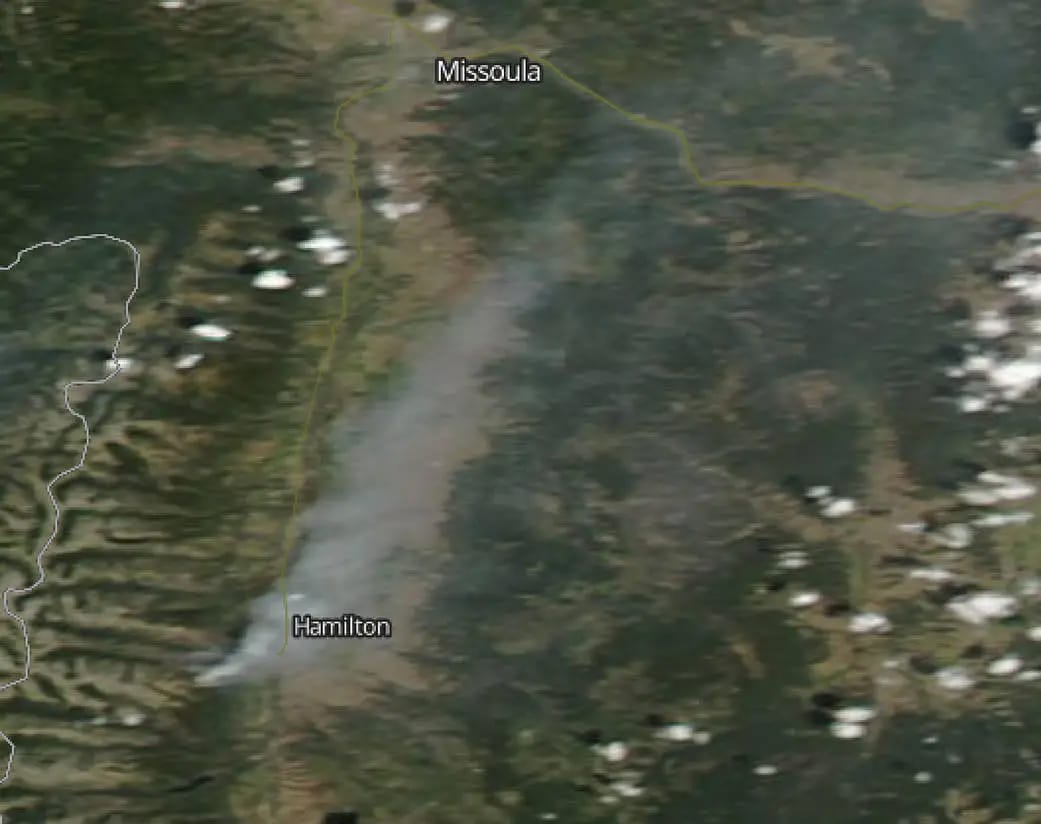
The Roaring Lion Fire caused evacuations in western Montana, where it raged in the Bitterroot National Forest, Darby Ranger District. Image: Terra satellite/NASA
I hope I demonstrated why it is important to properly extinguish a campfire in the real story above.
First and foremost, pay attention to local burn restrictions.
You do not want to get caught busting those restrictions and accidentally starting a wildfire.
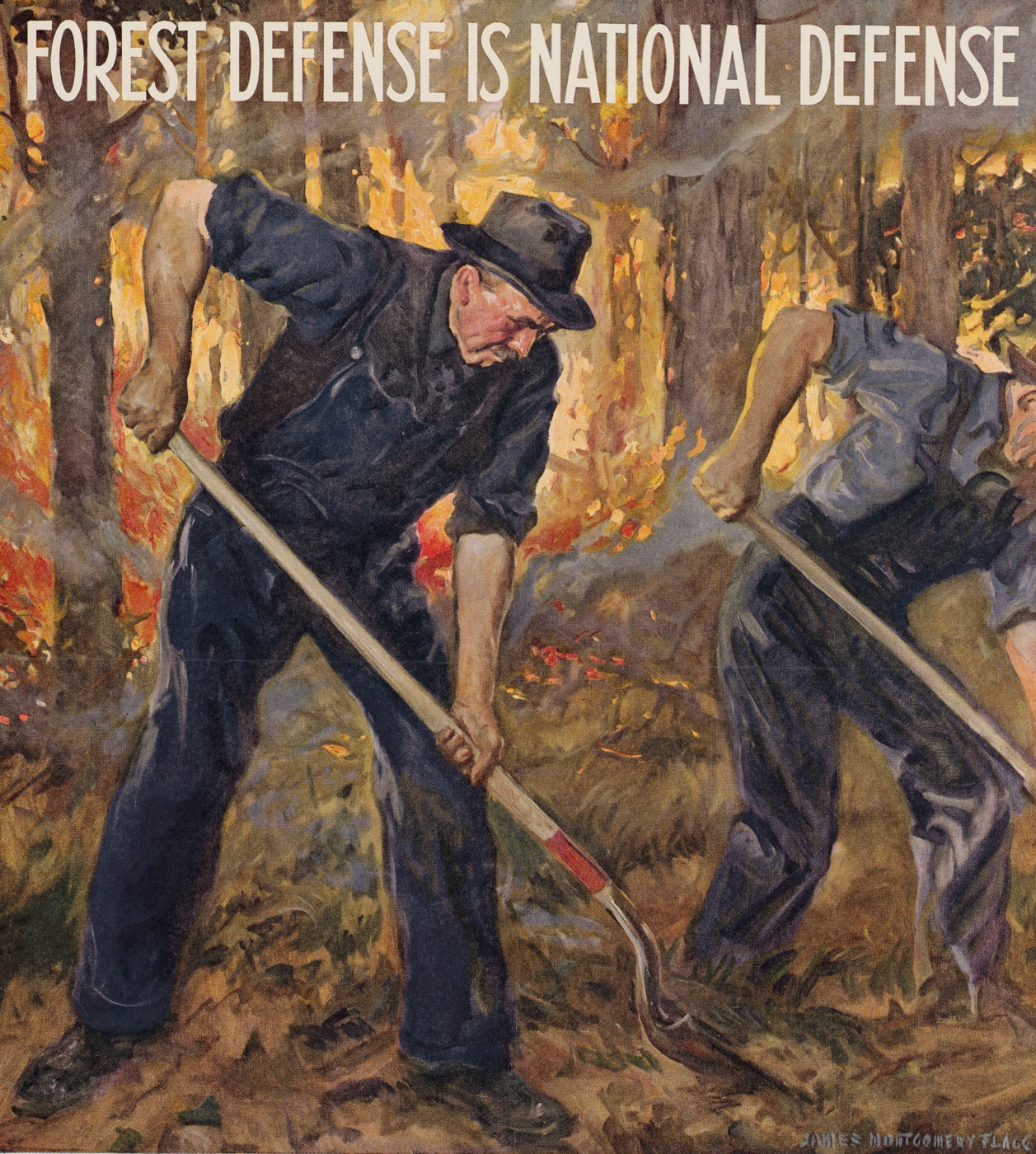
In this World War II poster, the message was clear: Forest Defense is National Defense. In addition to normal wildfires, the U.S. was concerned aboutJapanese balloon bombsstarting wildfires. Image: NARA
If youre clear to burn, then the next step is starting your fire safely.
Go all the way down to the dirt, and dont forget to look up!
Traditionally, the National Park Service offers safety tips to campers on site.

Good fellowship around a campfire on a frosty night is one of the priceless rewards for backcountry visitors at Entiat Meadows in the Glacier Peak Wilderness. Image: James W. Hughes/NARA
Take advantage of these if available.
The big one is never leave an unattended campfire.
Keep a shovel and bucket of water close by in case something does catch on fire.
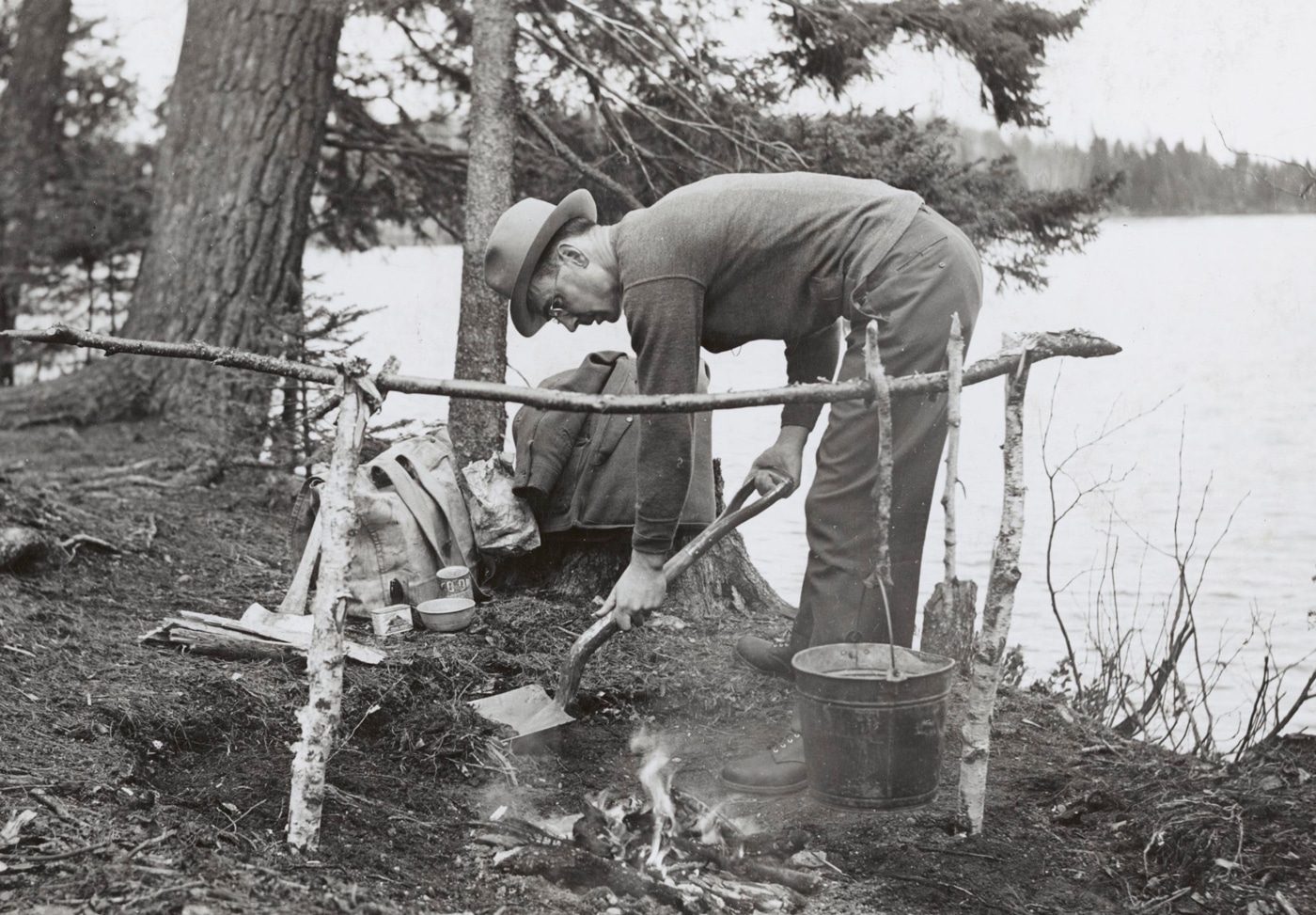
In this 1941 photograph, Ranger Cunningham demonstrates how to clear duff away from a campfire, making at least a 5′ diameter area clear of flammable material. Image: J.W. Trygg/NARA
Its not, as the teens who started the Roaring Lion Fire found out.
Campfire remains can smolder for days; thats why its important to put the fire out completely.
Just like you are responsible for every bullet you fire, you are responsible for every fire you start.

A National Park Ranger gives a campfire safety briefing to campers. Image: NARA
Until the fire is completely out, your job is not done.
When working around the fire, employ all of the safety practices recommended by the park service.
These can help prevent camping injuries and forest fires.
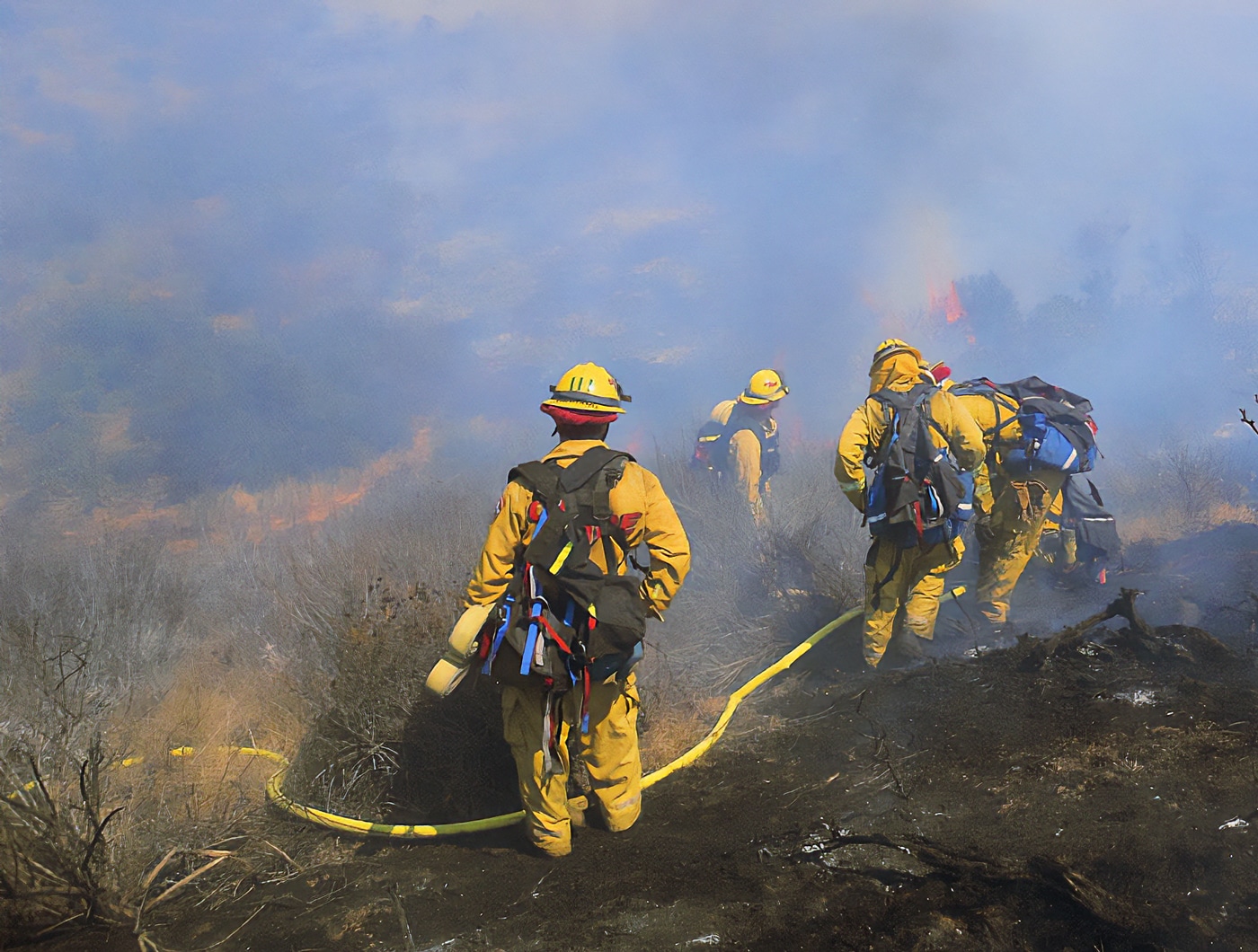
The U.S. Fish & Wildlife Service Engine 58 crew implements a progressive hoselay to protect the community of Spring Valley from the Jamacha Fire. Image: U.S. Fish & Wildlife Service/NARA
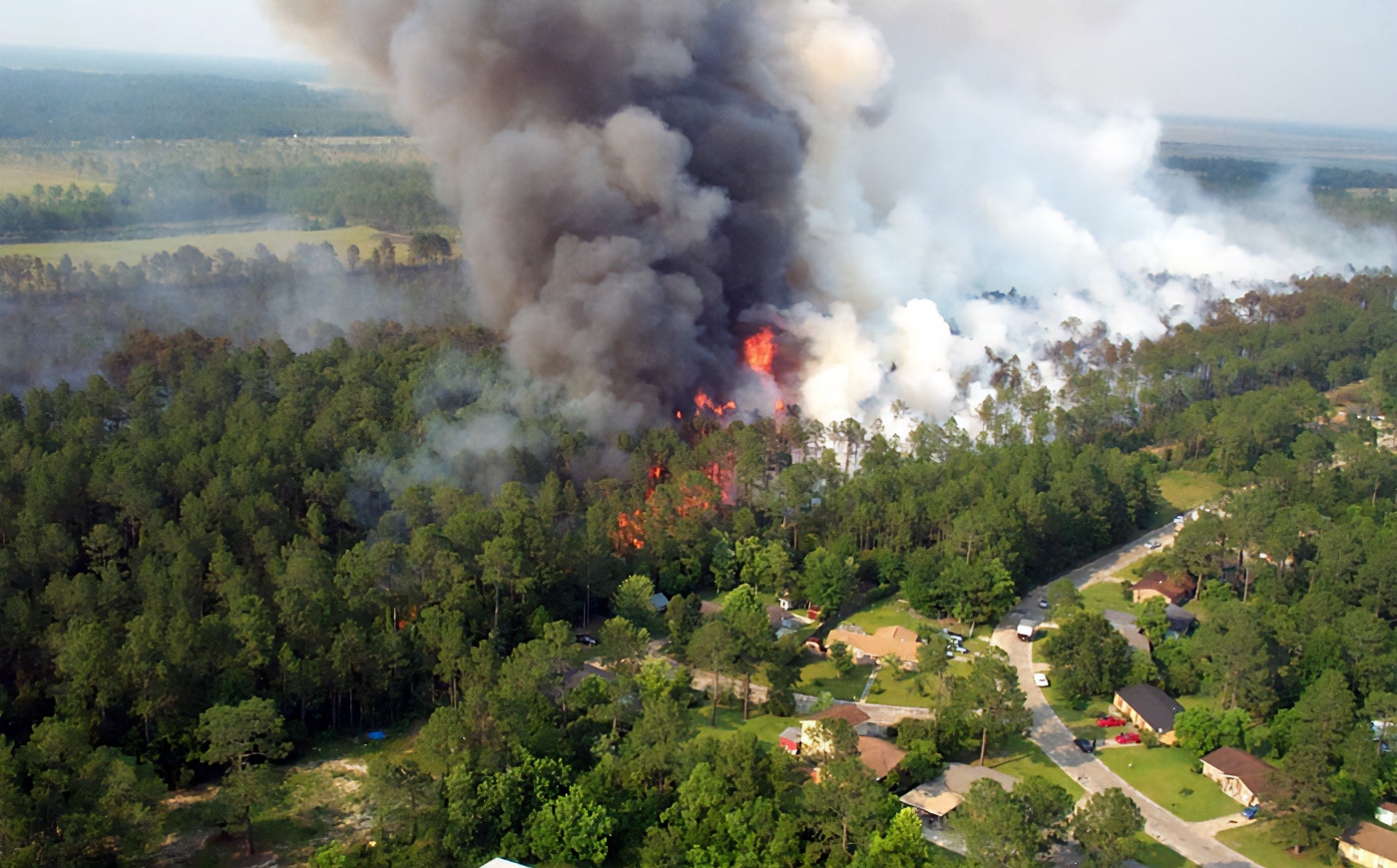
A wildfire can start in nearly any area and threaten towns, cities and neighborhoods if not controlled quickly. Image: NARA




